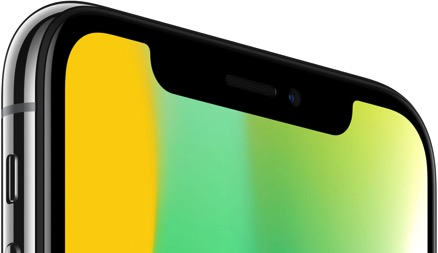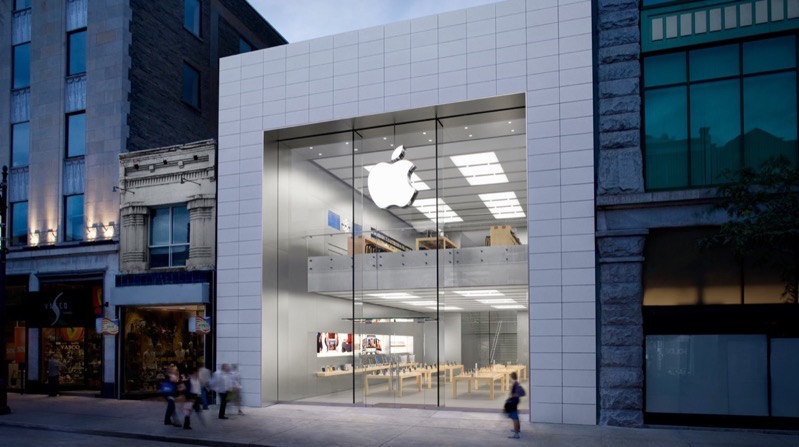
2020 iPhones to Feature Smaller Notches, All-New Design: Ming-Chi Kuo
Apple is planning to reduce the size of the TrueDepth display notch in at least one of the 2020 iPhone models, says an analyst.

According to famed Apple analyst Ming-Chi Kuo of TF Securities (via AppleInsider), next year’s iPhones will adopt a smaller front-facing camera lens — and in turn a smaller TrueDepth camera array — that will allow the Cupertino company to shrink the size of the notch.
The camera on the back will also get a redesign; the analyst says the 2020 rear-facing camera will boast an all-new seven-piece lens system.
Kuo also said that the 2020 iPhones will be undergoing a design change however, it is unclear from the report if these changes pertain only to the notch or the entire iPhone in general. While reducing the notch-size appears to be a short-term goal, in the long run, Apple will quite likely have a completely notch-free screen.
A separate investor note from Credit Suisse aligns with this information, as the analysts reveal that Chinese suppliers are currently working on what they describe as “full screens.” In other words, the notch could be going away, and such an approach would mean that Face ID might not be available at all, being replaced by Touch ID.
The fingerprint sensor could be embedded into the glass, like on the Galaxy S10, but for the time being, it’s not yet known if Apple wants this setup to be used just on a single model or on the entire iPhone lineup.
Apple, however, is currently pushing hard for Face ID, so giving up on it completely seems impossible at the moment. However, given that the company is believed to be working on a cheaper iPhone, replacing Face ID with Touch ID could make sense from a cost perspective.
Previously, CNBC had also reported a similar iPhone lineup, citing a JP Morgan note. The note had mentioned the presence of 5G modem as well as OLED screens in the 2020 iPhone models.
“Our expectations include all three Sep-2020 iPhones (5.4?/6.1?/6.7? screen sizes) will adopt OLED displays and 5G baseband modems (with support for mmWave frequencies), and at least two of the three models adopting world facing 3D Sensing (Time of Flight) driving industry leading AR/VR capabilities which can be leveraged by custom built applications (including games),” wrote JP Morgan in its note.

